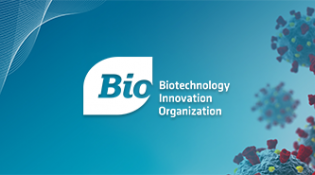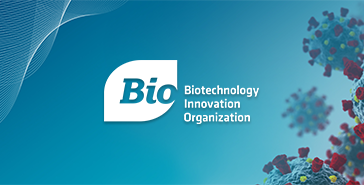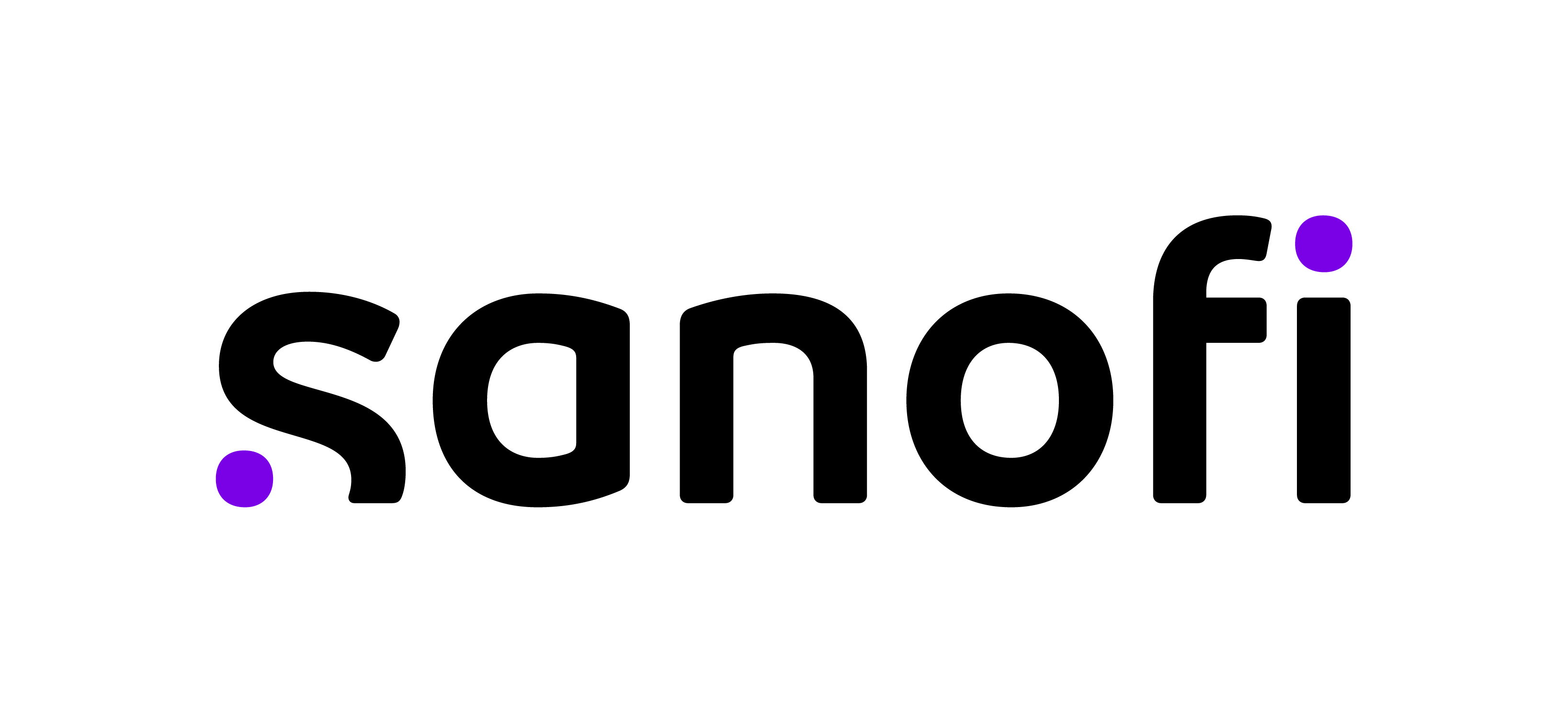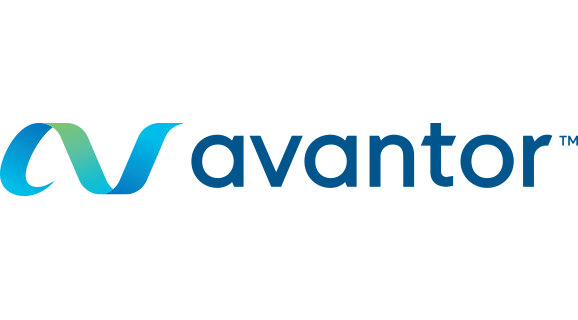This Sunday, February 28, is Rare Disease Day. Scientists and researchers in the biotech fields mark the day as a way to raise awareness about rare diseases, celebrate our progress in finding treatments and cures, and explain why future research and development is so important.
More than 7,000 rare diseases are known to exist, and approximately 30 new ones are identified each year. Also known as orphan diseases, they are defined as those which affect fewer than 200,000 patients in the United States.
And while it might be true that each rare disease only affects a small number of patients, collectively, between 25-30 million Americans live with a rare disease. Sadly, 95 percent of those diseases have no treatment. That means millions of lives are depending on the development of innovative cures and medicines.
There’s also a major economic burden associated with rare diseases. In 2019, the economic burden of just 379 rare diseases reached nearly $1 trillion in the United States, according to EveryLife’s National Economic Burden of Rare Disease study.
The biopharma industry has made solid progress in finding cures and treatments for rare diseases. Consider that the Food and Drug Administration’s (FDA) Center for Drug Evaluation and Research (CDER) approved 53 “novel” drugs last year. Thirty-one of those drugs – which is 58 percent – were approved to treat rare diseases, according to the CDER report.
This approval is no accident – it is part of a larger push within the industry to ramp up investment in rare disease treatments and cures. And as of 2019, 31 percent of research and development funding went towards battling rare diseases, according to a Tufts University report. That’s up from 18 percent a decade earlier.
But there is still more to be done.
Long term, BIO has – and will continue – to advocate for more education and investment in treatments and cures. That includes safeguarding critical intellectual property rights that enable researchers to take risks and drive innovation. You can learn more about the importance of intellectual property rights here.
Short term, here are two ways you can help:
- Attend the FDA public meeting on March 5, which will highlight strategies to support rare disease product development. The event will feature FDA Acting Commissioner Dr. Janet Woodcock.
- The National Organization for Rare Disorders (NORD) is holding events across the country—learn more and join the conversation on social media with #showyourstripes and #rarediseaseday.




















.png)


